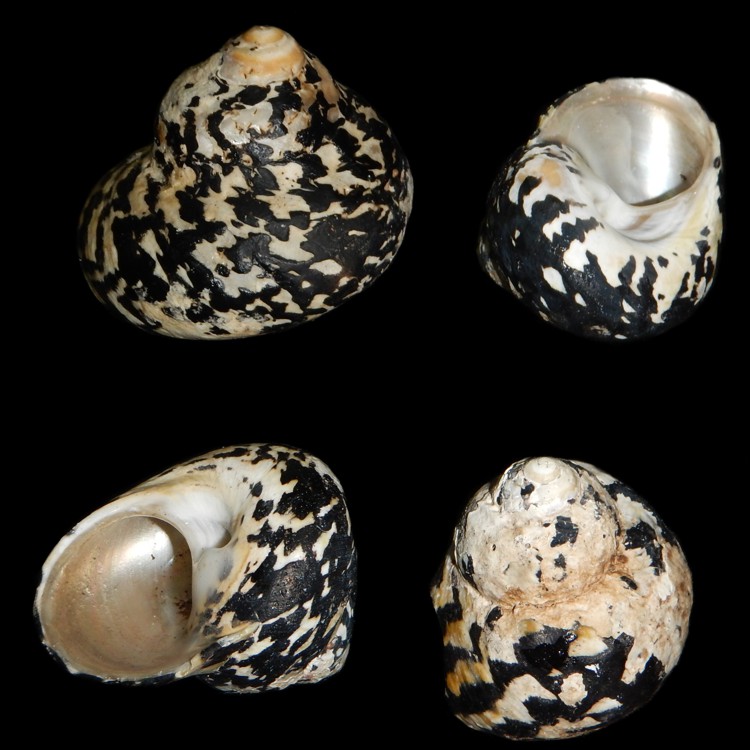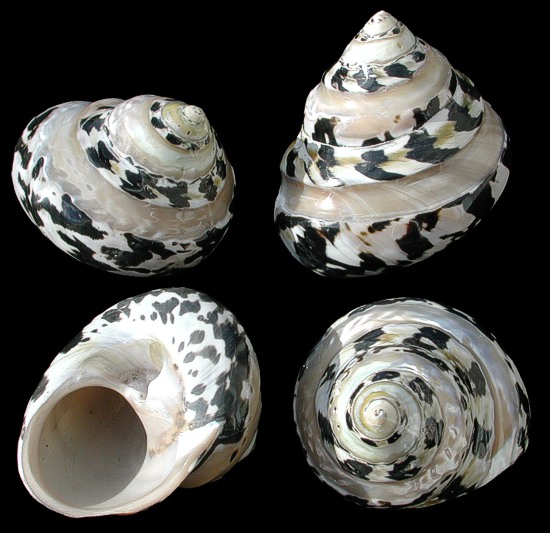WE DO NOT SHIP INTERNATIONALLY


As the site is updated, each listing includes the shipping cost. Some listings which I have not updated still give you calculated shipping costs based on weight and size of package. (In the sections I have updated) If you select several different listings, we will consolidate your order and charge you the actual cost of the entire package. The shipping over charge will be refunded to you, when your order is shipped.
Cittarium Picas

MAGPIE SHELL
Z0-7
Three natural Magpie Turban Shells, ranging in size from 2 to 3 inches, with an opening around 1 inch in diameter........ $6.65

Pearl Banded Arapicas highly polished Cittarium Picas exposing the mother of pearl
P1-2-17
Two Pearl Banded Arapica shells, measuring 2 to 3 inches.........$13.39